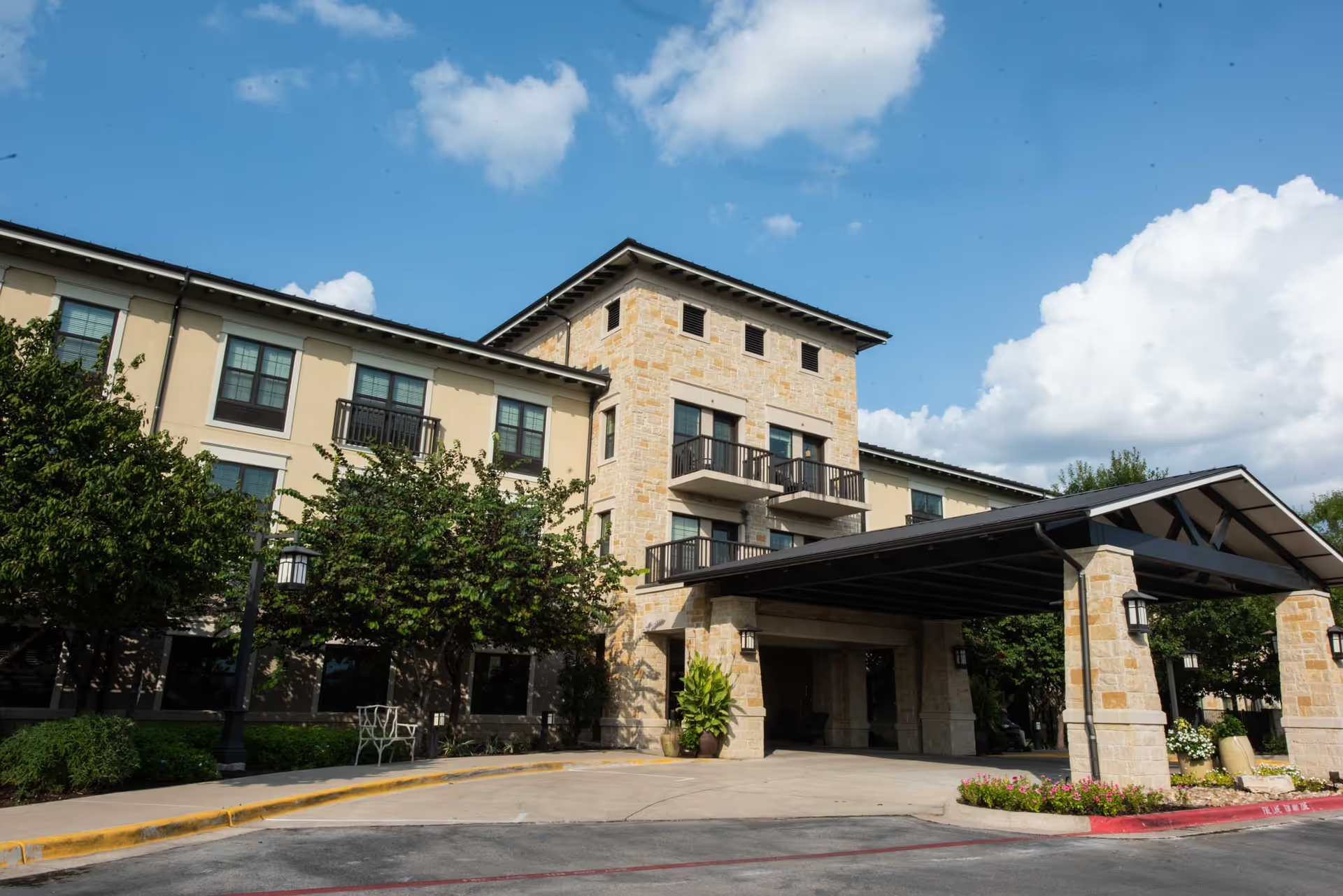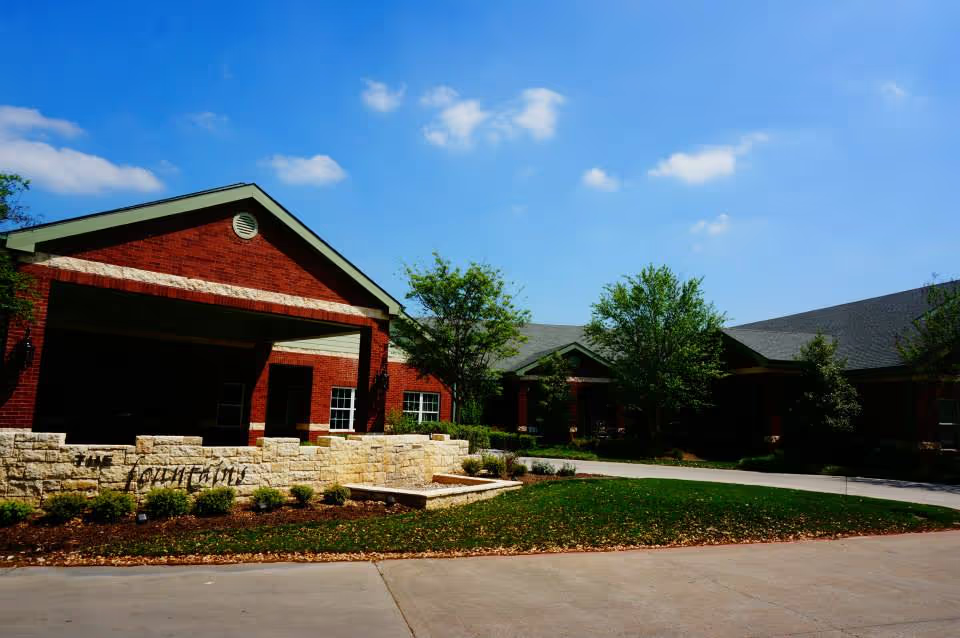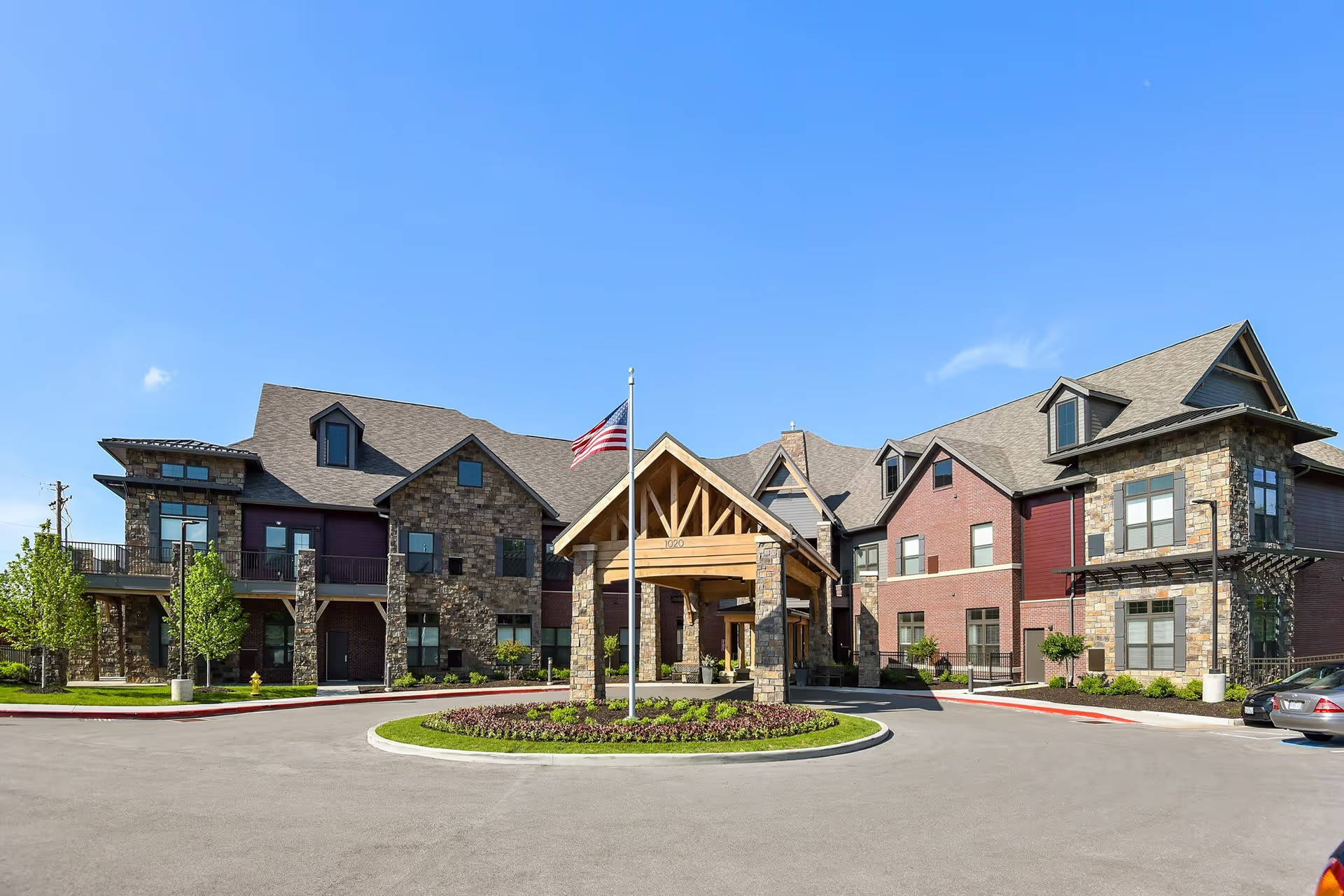Overall sentiment across the reviews for The Wesleyan Skilled Nursing & Rehabilitation is deeply polarized with a strong pattern of mixed experiences. A sizable portion of reviewers report excellent outcomes—particularly for short-term rehabilitation—highlighting an outstanding therapy department, knowledgeable therapists, and cases of meaningful recovery (stroke, hip replacement, strength gains). In those accounts families praise dedicated, compassionate nurses and aides, prompt weekend coverage, clean and well-maintained common areas, and helpful administrative staff who resolved issues. The facility’s physical appearance, therapy gym, accessibility, and some case coordination (transport to appointments, admissions support) are repeatedly cited as clear strengths. For many short rehab stays, reviewers explicitly recommend the facility based on therapy quality and attentive staff interactions.
However, a large and recurring set of serious concerns emerges across many other reviews, indicating systemic problems. The dominant theme is chronic understaffing and high turnover, producing slow responses to call lights, long waits for bathroom assistance, delayed or cold meals, and occasionally dangerous lapses in care. Multiple reports describe poor catheter care and repeated urinary tract infections, missed medication protocols, medication mishandling, and other clinical safety issues. Several reviewers allege neglect severe enough to require hospital transfer, ombudsman involvement, or legal complaints. These safety and quality lapses are often compounded by administrative unresponsiveness; families report unresolved complaints, dismissive leadership, and instances where escalation was necessary to get basic attention.
Dining and nutrition reveal a bifurcated picture: while many residents and families find the food acceptable or even good, a significant subset report cold meals, wrong diet enforcement, excessive sugary/high-starch menus (sugar in oatmeal, desserts daily, sugary drinks), and food service disorganization. The inconsistent meal quality is tied to staffing and service flow problems. Environmental comfort issues also recur—reports of urine odor in nursing areas, stained carpets, cold rooms with lights off and blinds closed, lack of hot water or towels, and inconsistent room cleaning—suggest variability in housekeeping and maintenance standards. Maintenance failures (broken cables, uninstalled shelves, delayed repairs) crop up alongside more severe allegations such as theft of personal items, privacy breaches, and staff bullying.
Clinical leadership and medical care are described as inconsistent. Some reviews praise nurses and nursing supervisors for clear communication and competence; others describe ineffective nurse practitioners, nurse-only care without physician involvement, and inadequate follow-through on clinical concerns. The rehabilitation program, while frequently lauded, is uneven: some reviewers say PT/OT/Speech therapy is excellent and intensive, while others report therapy not being delivered as prescribed or not focused on functional rehabilitation. Social work and case management support is also cited as inadequate in many cases, leaving families to advocate intensively to secure needed care or transfers.
Operational and policy issues emerge as notable patterns. Several families describe a strong initial sales/admission pitch followed by markedly different day-to-day experiences—especially for Medicaid admissions—suggesting a gap between marketing and delivered care. Visitation policies during pandemic periods were experienced as restrictive and emotionally harmful by some families (lengthy rules, mandatory PPE, quarantine periods), although others reported very welcoming visitation practices. Leadership changes (post-CEO) and internal disharmony are mentioned and appear to impact morale and quality in some accounts. There are also scattered but serious allegations around billing, Medicare practices, and misleading presentation of services that should prompt careful verification by prospective families.
In sum, The Wesleyan presents a split profile: strong, sometimes outstanding rehabilitation and therapy coupled with pockets of excellent, compassionate nursing and clean, attractive facilities; contrasted with recurring, systemic complaints about understaffing, safety lapses (UTIs, catheter care, falls), inconsistent medication and clinical management, food-service problems, maintenance and cleanliness variability, and administrative unresponsiveness. The volume and severity of negative reports around neglect and safety warrant caution. Prospective residents and families should (1) verify current staffing ratios and turnover metrics, (2) request specifics on clinical oversight and physician involvement, (3) check recent infection-control and complaint/ombudsman records, (4) observe mealtime and in-unit staffing, and (5) maintain active family advocacy when receiving care. For short-term, therapy-focused stays many families find the facility excellent; for longer-term skilled nursing or vulnerable residents with complex needs, the reviews indicate inconsistency and risk that should be carefully evaluated before admission.







